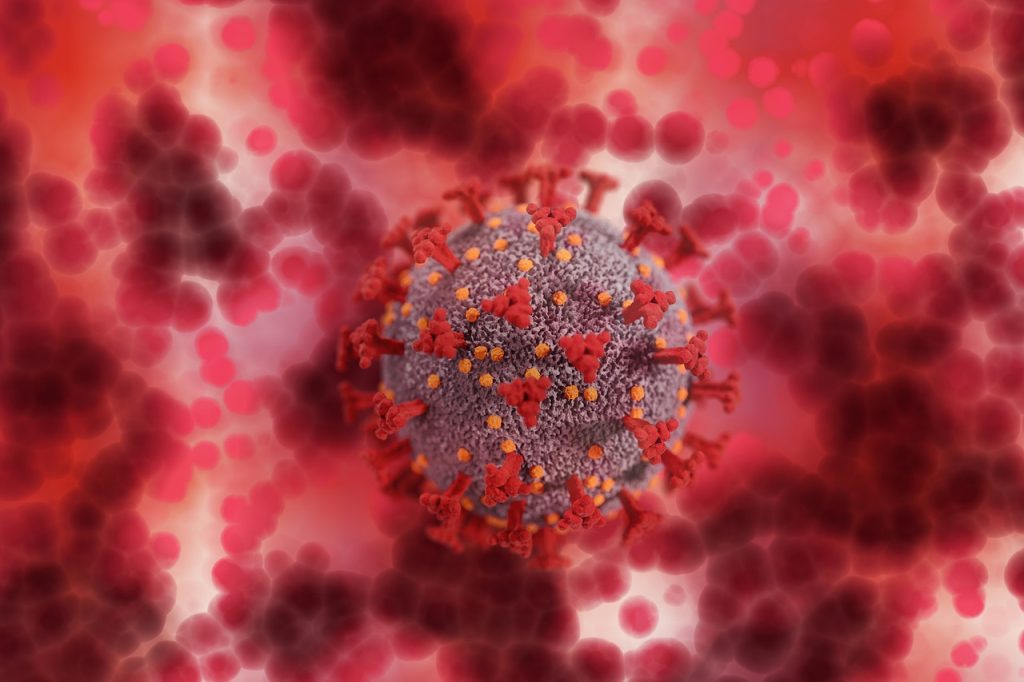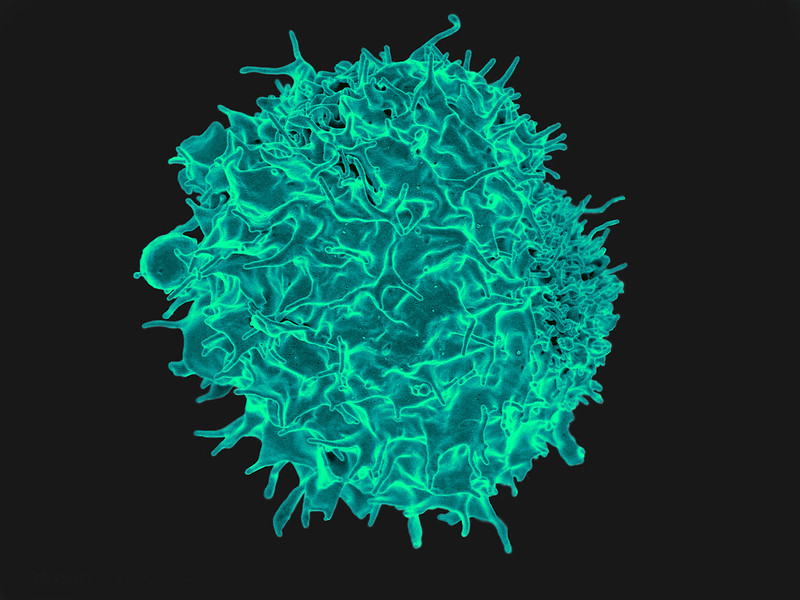New Guideline to Tackle Incorrect Penicillin Allergy Labelling

A new guideline published in Clinical & Experimental Allergy will help non-allergist clinicians evaluate and test patients for potential penicillin allergies.
Penicillin allergy labels are carried by 5.6% of the general population, with a seemingly higher incidence in hospitalised patients. About 95% of penicillin allergy labels are incorrect when tested.
Over the past 10 years, the clinical ramifications of a label of ‘penicillin allergy’ have been clearly defined. A diagnosis of penicillin allergy increases the risk of MRSA, Clostriodes difficile or VRE infections and death; presumably through increased use of alternatives to beta-lactam antibiotics. It also increases the duration of hospital admissions and has significant implications for the cost of health care. Several studies have shown the healthcare costs of the label and the economic benefits of removing incorrect labels.
Despite widespread evidence of its harms, resources are not available in the NHS for penicillin allergy testing, prompting the development of this guideline.
The guideline was developed by the Standards of Care Committee of the British Society for Allergy and Clinical Immunology (BSACI) along with a committee of experts and key stakeholders.
The aim of this guideline is to provide a framework for the set-up and delivery of penicillin allergy de-labelling services by non-allergists by using drug provocation testing. The intended users are non-allergists with an interest in clarifying the penicillin allergy status of their patients. The target population is adult and children with an untested label of penicillin allergy.
There are separate recommendations for adults and children within the guideline.
“The intended users are non-allergists with an interest in clarifying the penicillin allergy status of their patients. The guideline details appropriate patient selection, risk stratification, minimum safety standards, conduct of a drug provocation test, and the degree of oversight required from allergy or immunology specialists,” the authors wrote. “The guideline will be reviewed 5 years from original publication date.”
Source: Wiley










